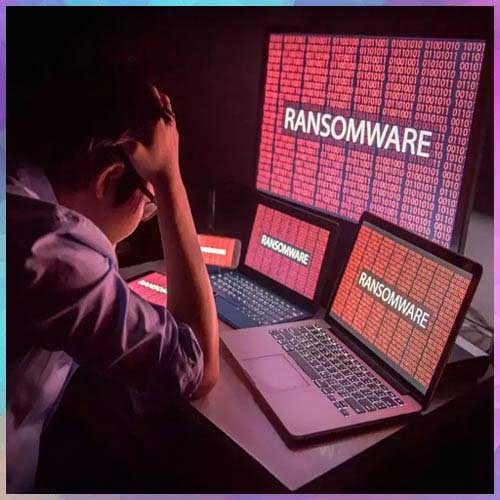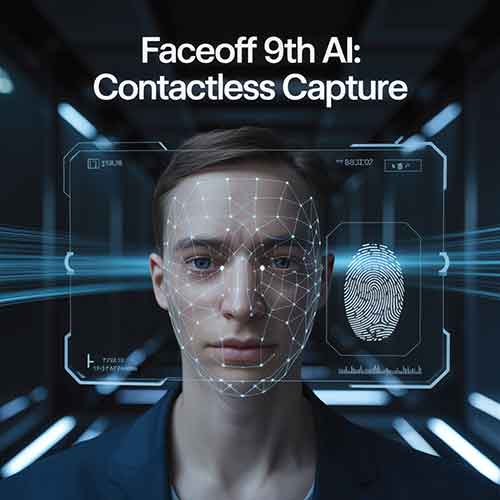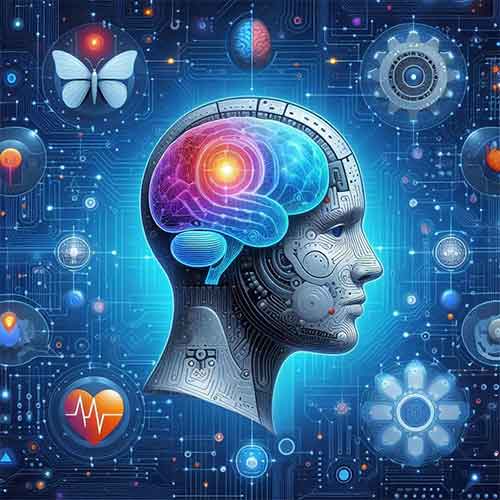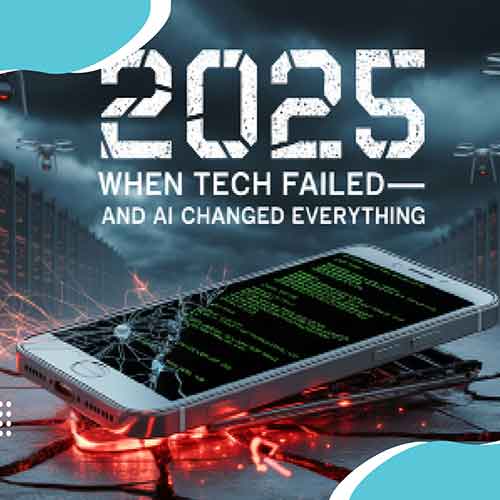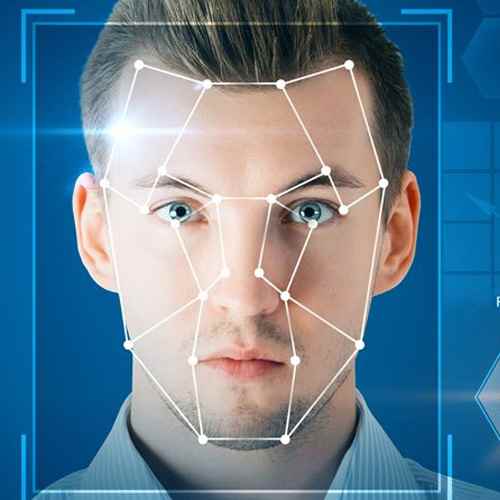
The ability to recognize individuals in real time has become reality, in Western countries like the United States, most people in a face recognition database of documented persons of interest are included because of a prior offense or a series of them. Retailers, for example, commonly apprehend people attempting to steal from their stores. These individuals are often photographed, and the ensuing images are uploaded into a private face recognition database. As amazing as the future for this technology is, we have to be careful not to mistake otherwise amazing applications that are not AI as such.
WPI, the Intel IoT Solution Aggregator, provides a rich pool with abundant technical articles and training videos for not only solution introduction but training/hands-on videos for customers. For example, in this test briefing, WPI engineer showcases that how customers can use the IntelIntel® VAS algorithm at no cost to quickly develop their face recognition applications and products.
Face identification is a form of biometric authentication that relies on detection of facial features to verify a person’s identity. Technologies that involve automatic detection, tracking and identification of photographed images or video recordings containing people’s faces captured on cameras or video recorders all fall under the category of face identification or face recognition. Such technologies are widely used in finance, law enforcement, military, public safety, border control, government, aerospace, electrical power system, factory management, education, healthcare and a slew of business applications. With face recognition technologies continuing to advance toward maturity while gaining social acceptance, their applications will keep expanding to the following areas, just to name a few.
Security and management of commercial and residential premises, for instance, face recognition access control and time attendance systems or face recognition door locks.
E-passports and e-ID cards. First Research Institute of the Ministry of Public Security of PRC is expediting the planning and implementation of biometric passports.
Public safety, law enforcement and crime investigation, for example, searching for suspects using face recognition systems and nationwide networks
Self-service such as facial recognition payment systems
Developed by Intel’s algorithm department, the Intel® VAS (Video Analytics Suite) algorithm enables the development of high-precision and high-reliability face recognition, facial feature analysis, face comparison and detection and face tracking systems based on AI deep learning technologies in Windows 10 and Ubuntu 16.04 environments. Upon the signing of a non-disclosure agreement, customers can use the Intel® VAS algorithm at no cost to quickly develop their face recognition applications and products. If the products are based on Intel® CPU, customers can add smart features to their products to give them a competitive edge without increasing hardware costs.
The recent concern is on, the current uncertainties with the COVID-19 (coronavirus) require all of us to find ways to protect what matters the most - our families and friends, our fellow employees, and our organizations. To help keep your employees safe and secure, we’d like to help your organization stay secure and function without interruptions. To achieve this, we’d like to offer you 30-day free licenses of our products that can ensure secure remote connectivity for all your employees.
See What’s Next in Tech With the Fast Forward Newsletter
Tweets From @varindiamag
Nothing to see here - yet
When they Tweet, their Tweets will show up here.







